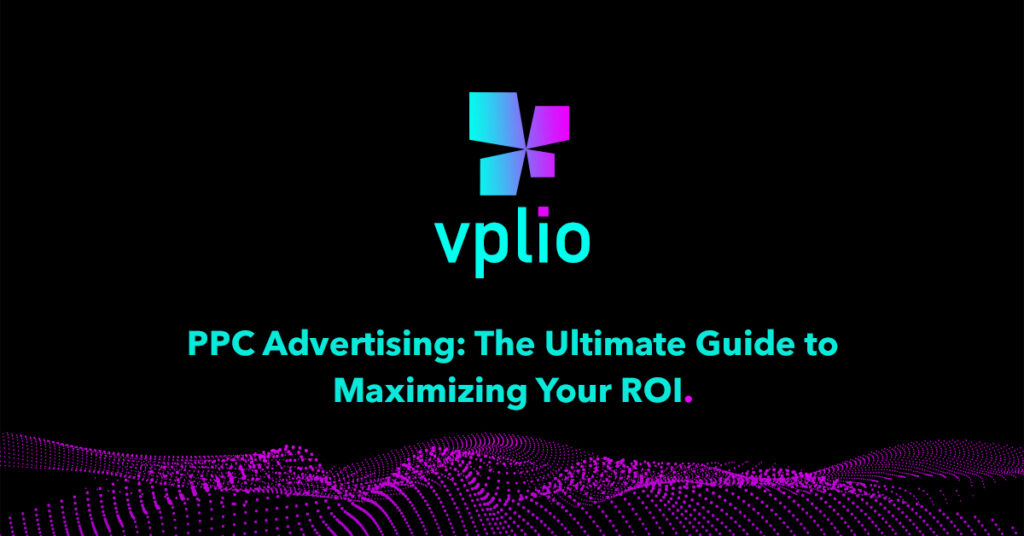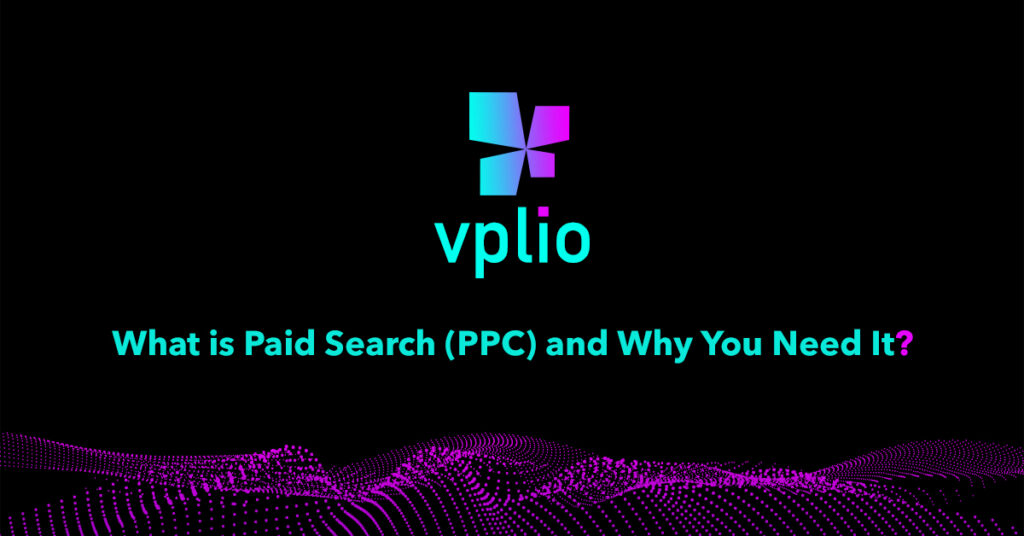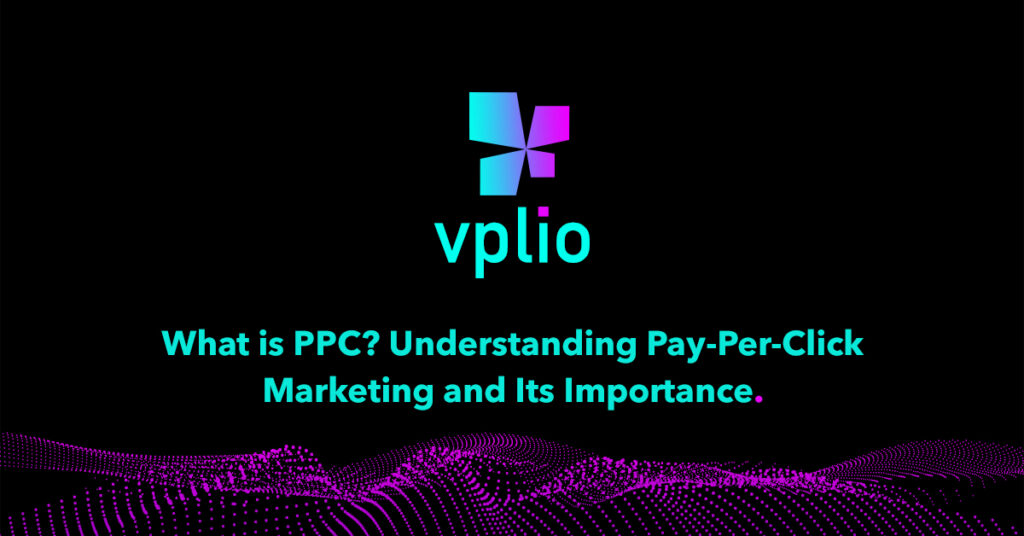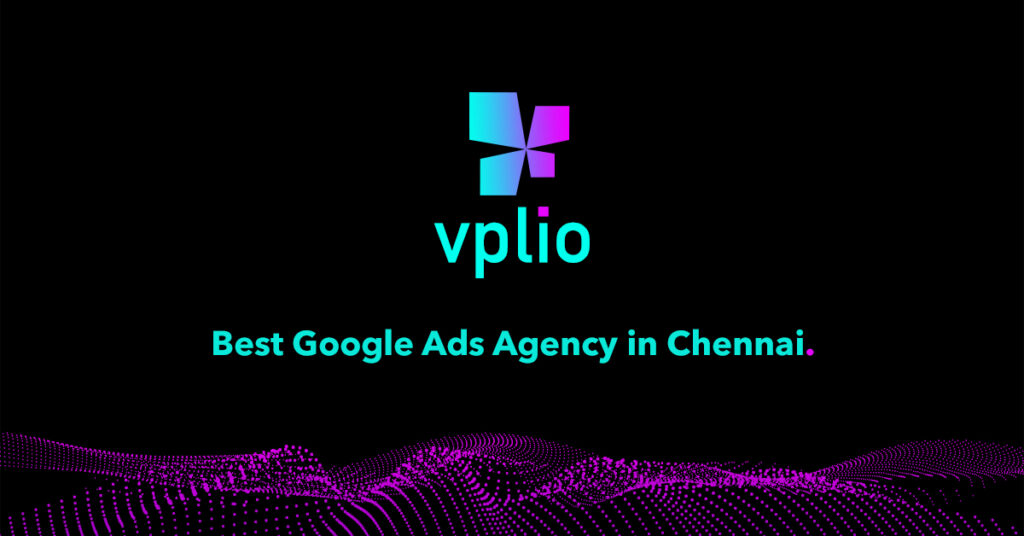PPC Advertising: The Ultimate Guide to Maximizing Your ROI
Pay-per-click (PPC) advertising is a cornerstone of modern digital marketing. From Google search results to social media feeds, PPC ads are omnipresent. But what makes PPC a powerhouse for businesses, and how can you harness its potential to drive growth? This comprehensive guide will walk you through the essentials of PPC advertising and offer actionable insights to optimize your campaigns. What Is Pay-per-Click Marketing? Pay-per-click marketing is an online advertising model where businesses pay a fee each time their ad is clicked. Unlike traditional advertising methods, PPC allows advertisers to only pay for actual engagement, making it a cost-effective way to drive targeted traffic to their websites. Here are some key platforms where PPC ads commonly appear: Google Ads: Display ads on Google’s search results and across the web. Facebook Ads: Reach audiences on Facebook and Instagram. Microsoft Ads: Advertise on Bing and Yahoo. YouTube Ads: Capture attention on YouTube with video ads. LinkedIn Ads: Target professionals on LinkedIn. Amazon Ads: Promote products on Amazon’s platform. Etsy Ads: Boost visibility for handmade and vintage items on Etsy. Yelp Ads: Attract local customers through Yelp. PPC vs. SEM: What’s the Difference? Understanding the distinction between PPC and SEM is crucial for effective digital marketing: PPC: Refers specifically to paid advertisements where you pay per click. Ads usually appear with a label like “Ad” and lead to promotional landing pages. SEM: A broader term encompassing various strategies to enhance visibility on search engines, including both PPC and SEO (search engine optimization). While PPC is a paid strategy, SEM also includes organic methods like SEO, providing a more comprehensive approach to search engine marketing. Why Use Pay-per-Click Marketing? PPC advertising offers several advantages: Budget Flexibility: Adjust your spend based on performance. Scale up or pause campaigns as needed. Measurable Results: Track metrics such as clicks, conversions, and impressions in real time using tools like Google Analytics. Targeting Capabilities: Reach specific audiences based on search behavior, demographics, and more. Competitive Edge: Prevent competitors from dominating search results by bidding on relevant keywords. Valuable Insights: Use data from PPC campaigns to refine your SEO and content strategies. PPC platforms like Google Ads and Facebook Ads offer tutorials and resources, making it easier for businesses to start and optimize their campaigns. The 4 Basic Components of Paid Search A successful PPC campaign involves several critical components: Keyword Research: Identify relevant keywords to trigger your ads. Focus on high click-through rates (CTR) and cost-effective cost-per-click (CPC). Long-tail keywords, though less competitive, often yield better results and are more affordable. Ad Groups: Organize related keywords, landing pages, and ad copy into cohesive groups. Ensure alignment between keywords and ad messages to improve CTR and conversion rates. Ad Auctions: Google determines ad placements based on bid amounts, ad quality, and relevance. Higher Quality Scores and competitive bids can lower your CPC and improve ad positions. Quality Score: This Google metric evaluates the relevance of your ad, keywords, and landing page. A higher Quality Score leads to better ad positions and lower costs. Managing PPC Campaigns Effective PPC management involves continuous monitoring and adjustment: Keyword Optimization: Regularly update your keyword list based on performance data. Pause underperforming keywords and focus on those driving results. Ad Group Refinement: Segment ad groups into smaller, more relevant clusters for better targeting. Landing Page Optimization: Enhance landing pages to reduce bounce rates and improve conversions. Ensure content and CTAs are compelling and relevant. How Much Do PPC Ads Cost? PPC costs vary based on several factors, including platform, industry, and competition. The average CPC is around $2 for Google Ads and $1.86 for Facebook Ads, but costs can range from $1 to over $30 per click. Your actual CPC is determined by factors such as your bid amount, Quality Score, and the competition’s Ad Rank. PPC Marketing Tools Selecting the right PPC tools can enhance your campaign effectiveness: Semrush: Offers a PPC keyword tool for identifying high-performing keywords. Google Ads: Provides comprehensive tools for campaign creation and management. SpyFu: Allows you to analyze competitor keywords and ad strategies. Bottom Line PPC advertising is a flexible, measurable, and cost-effective method to drive traffic and achieve business goals. By understanding the fundamentals, managing your campaigns effectively, and utilizing the right tools, you can maximize your ROI and outpace the competition. Ready to elevate your PPC strategy? Contact Vplio today to discover how our digital marketing expertise can help you achieve your goals with precision and impact. For more tips and insights, follow our blog and stay updated with the latest in digital marketing trends.
PPC Advertising: The Ultimate Guide to Maximizing Your ROI Read More »




